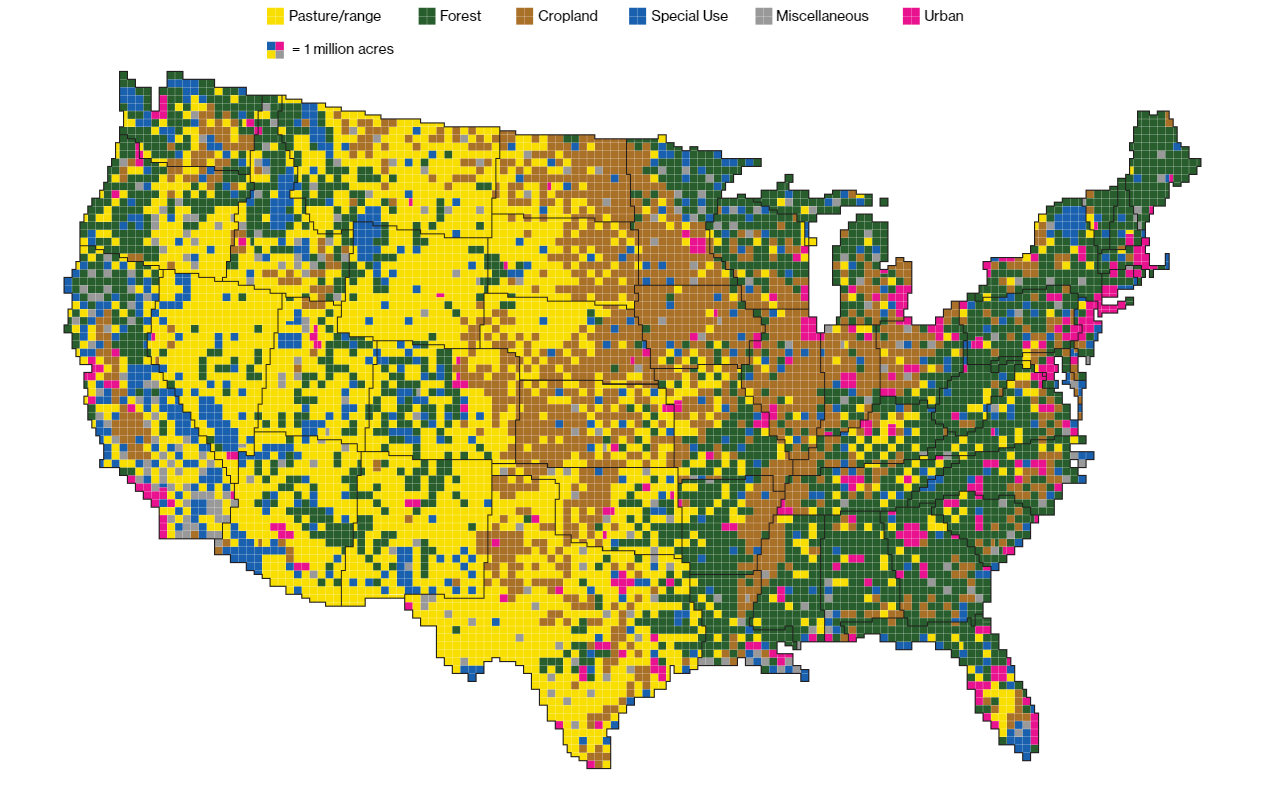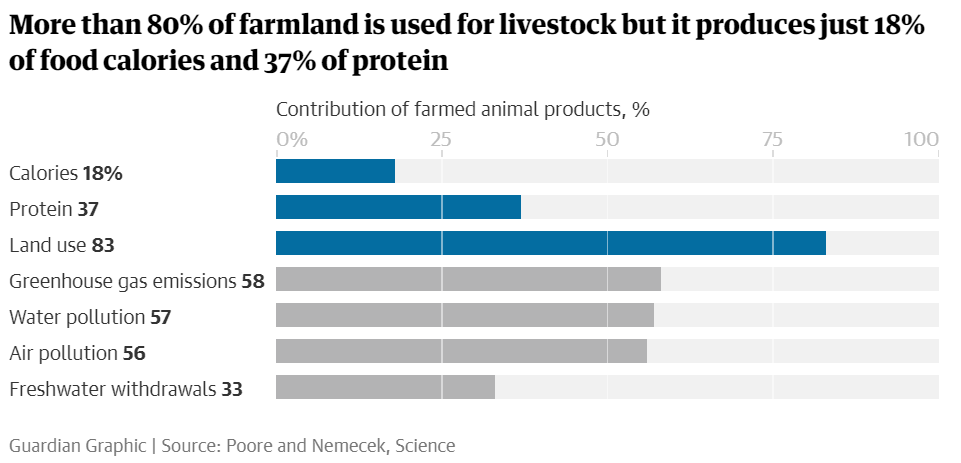I have spent the last week in an absolute whirlwind preparing for my trip to COP24 in Katowice. Suddenly it was time for me to catch a flight to Toronto on my way to Poland. This is the first time I have been to North America, and an interesting diversion before the conference. I flew almost entirely across the continent from west to east, watching as the unsightly circular fields and pastures drifted along below me. This place is so massive – the scale of the USA compared to New Zealand is mesmerising. Much like the rest of the world, their land use practices have decimated the natural environment. Between pasture and cropland used to feed livestock, 41% of the land in the USA is used for animal agriculture. In contrast, about 5% of the land is used to feed humans. Sound ridiculous? That’s because it is. Humans and livestock make up 36% and 60% of the total biomass of mammals on Earth, respectively. Wild mammals only make up 4%: an extremely disproportionate number. This inequity is the leading cause of the worst extinction crisis we have ever seen on Earth; demand for the flesh and secretions of animals is destroying our natural heritage and the ecosystems that we rely on.
Types of land use in the USA. 41% of land is used to feed or raise livestock.
Upon landing in Toronto I saw a particularly sobering article in National Geographic, showing a rendered image of New York City before it was deforested for urban development. Suddenly I remembered being young, thinking about these great places – cities, the countryside, the endless wonders humans have constructed – and feeling excited about seeing them. Now, all I think about is the costs. The costs of human consumption and the systems that our society is based on. How much carbon was released into the atmosphere over the period of industrialising New York City? What impact on the climate does inefficiently using our land to raise and slaughter livestock have, directly and indirectly? Imagine how much forest has been lost not just in the US, but in the entire world thanks to the dietary choices of humans. Imagine the combined impacts of the methane and nitrous oxide released directly by livestock; the carbon dioxide released indirectly by the deforestation that agriculture and urban development have caused; and the leakage of carbon into the atmosphere via increased soil erosion on pasture. In fact, don’t imagine it, read about it. There are numerous studies and examples which have proved time and time again the impact that humans, especially through our agricultural practices, are having on the natural environment. Yet we bury our heads in the sand.
As I continue to prepare for COP24, I will be conscious of the impacts of animal agriculture on the climate. In fact, I will be especially conscious when I visit the New Zealand delegation’s event – Action Agriculture! – which is basically a corporate advertisement for the dairy industry in New Zealand disguised as a sustainability success story. It’s a complete sham, so let’s call it what it is and make sure we push for ambitious action during this conference.
--
All posts by Institute delegates reflect their own thoughts, opinions and experiences.


